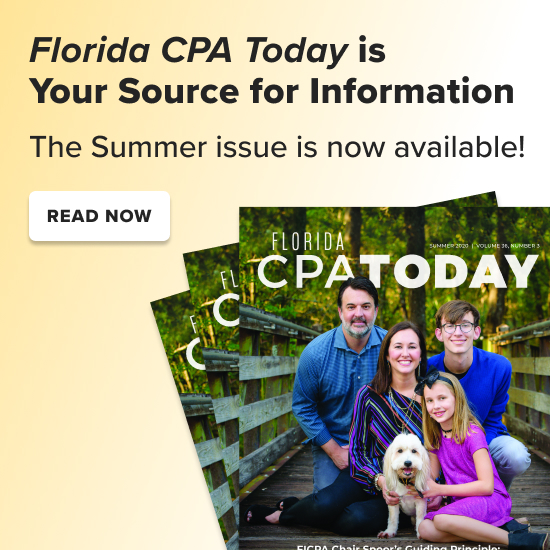Quick CPE Search |
RSS Related GlossaryRSS or Really Simple SyndicationFunctionally, RSS (pronounced "arr-ess-ess") is a web syndication protocol primarily used by news websites and weblogs. A program known as an RSS aggregator or feed reader can check RSS-enabled webpages on behalf of a user and display any updated articles that it finds. RSS saves users from having to repeatedly visit favorite websites to check for new content or be notified of updates via email. PodcastAn audio programme in a compressed digital format, delivered via an RSS feed over the Internet to a subscriber and designed for playback on computers or portable digital audio players, such as the iPod. FeedsThese are XML documents used for Web syndication, often with links to new articles or blog posts and brief descriptions. Sometimes called a channel. XMLThe Extensible Markup Language (XML) is a W3C recommendation for creating special-purpose markup languages. It is a simplified subset of SGML, capable of describing many different kinds of data. Its primary purpose is to facilitate the sharing of structured text and information across the Internet. Languages based on XML (for example, RDF, RSS, MathML, XSIL and SVG) are themselves described in a formal way, allowing programs to modify and validate documents in these languages without prior knowledge of their form. BlogA weblog, Web log or simply a blog, is a web application which contains periodic, reverse chronologically ordered posts on a common webpage. Such a Web site would typically be accessible to any Internet user. The term "blog" came into common use as a way of avoiding confusion with the term server log. Blogs run from individual diaries to arms of political campaigns, media programs and corporations, and from one occasional author to having large communities of writers. Some are maintained by single authors, while others have multiple authors. Many weblogs allow visitors to leave public comments, which can lead to a community of readers centered around the blog; others are non-interactive. The totality of weblogs or blog-related websites is usually called the blogosphere. The format of weblogs varies, from simple bullet lists of hyperlinks, to article summaries with user-provided comments and ratings. Individual weblog entries are almost always date and time-stamped, with the newest post at the top of the page. Because links are so important to weblogs, most blogs have a way of archiving older entries and generating a static address for individual entries; this static link is referred to as a permalink. The latest headlines, with hyperlinks and summaries, are offered in weblogs in the RSS or Atom XML-format, to be read with a feed reader. |


